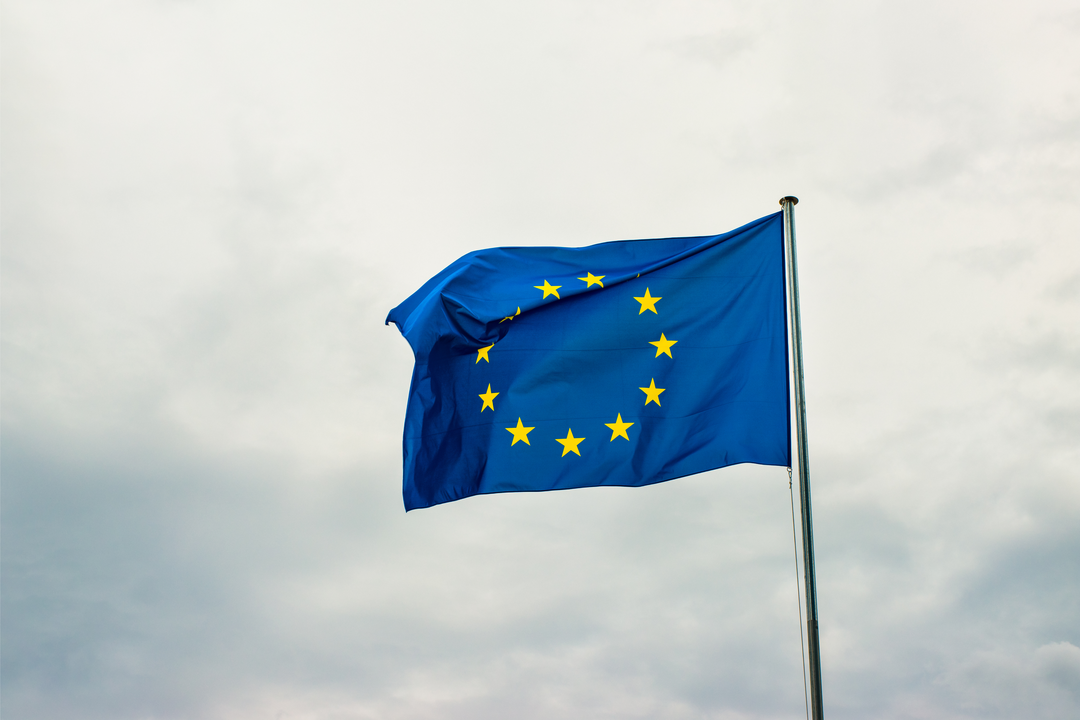In today’s digital landscape, cyber threats are evolving unprecedentedly, making cybersecurity a top priority for organizations operating within the European Union (EU). To address this growing concern, the EU has introduced the Cyber Resilience Act (CRA)—a groundbreaking regulatory framework to enhance the cybersecurity of digital products and services. But what exactly is the EU Cyber Resilience Act, and how does it impact businesses? In this article, we will break down the key aspects of the regulation and explain how Brandefense can assist organizations in ensuring compliance.

What is the EU Cyber Resilience Act?
The EU Cyber Resilience Act (CRA) is a groundbreaking regulatory initiative introduced by the European Union to strengthen cybersecurity measures across digital products and services. As cyber threats evolve, the CRA aims to establish a consistent security standard for all hardware and software products in the EU market.
By enforcing proactive cybersecurity practices, the act seeks to minimize vulnerabilities in digital products, ensuring they remain secure throughout their lifecycle—from development to post-market use. This means businesses will no longer be able to release digital products with minimal security measures, only to patch vulnerabilities later. Instead, they must integrate cybersecurity by design, making security a fundamental aspect of product development.
To Whom Does the Cyber Resilience Act apply?
The Cyber Resilience Act affects a wide range of stakeholders in the digital ecosystem, including:
- Manufacturers & Developers: Companies producing IoT devices, software applications, cloud services, and AI-driven technologies must ensure their products meet the EU’s cybersecurity standards.
- Distributors & Importers: Businesses involved in distributing or importing digital products into the EU market will be held accountable for ensuring that the products comply with CRA regulations.
- Business Users & Enterprises: Organizations integrating third-party digital solutions must ensure that their vendors and suppliers comply with the Cyber Resilience Act to mitigate supply chain risks.
Essentially, any hardware or software product connected to a network and sold within the EU falls under the CRA’s scope. This means manufacturers must implement secure-by-design principles, perform continuous security monitoring, and provide long-term support to address vulnerabilities.
Core Objectives of the Cyber Resilience Act
The EU Cyber Resilience Act has been designed to tackle some of the biggest challenges in today’s cybersecurity landscape. The key objectives include:
- Strengthening Digital Security Standards
- The CRA ensures that all digital products entering the EU market meet baseline cybersecurity requirements to reduce the risk of cyber threats.
- Enhancing Consumer and Business Protection
- With cyberattacks targeting businesses and consumers, the CRA aims to safeguard user data and ensure secure digital environments.
- Mitigating Supply Chain Risks
- Many cybersecurity incidents originate from third-party vulnerabilities. The CRA minimizes risks associated with unsecured software and hardware components by enforcing security compliance across supply chains.
- Ensuring Long-Term Security Support
- The CRA mandates that manufacturers continuously monitor and update their products to patch vulnerabilities and address emerging cyber threats.
- Improving Incident Transparency
- The act introduces clear reporting obligations, requiring businesses to report significant cybersecurity incidents to EU authorities within a defined timeframe.
The Cyber Resilience Act aims to create a more resilient, transparent, and secure digital ecosystem across the European Union by aligning with these objectives.
How Will the CRA Affect Businesses?
Compliance with the Cyber Resilience Act is no longer optional for businesses operating within the EU—it’s a legal obligation. The regulation will impact various sectors, including technology, finance, healthcare, and manufacturing.
Some key effects include:
- Increased Security Investment: Businesses must allocate resources to cybersecurity enhancements, ensuring their products comply with the CRA’s security requirements.
- Regulatory Compliance Costs: Organizations must implement cybersecurity monitoring, incident response protocols, and vulnerability management processes, which could lead to higher operational costs.
- Market Access Restrictions: Companies failing to meet CRA compliance risk being restricted from selling their products in the EU, leading to significant revenue losses.
- Stronger Competitive Advantage: Businesses that comply with CRA regulations will gain a competitive edge as cybersecurity-conscious consumers and enterprises prioritize secure digital products.
Given these implications, cybersecurity providers like Brandefense are critical in helping businesses navigate the CRA’s requirements and maintain regulatory compliance.
Final Thoughts
The EU Cyber Resilience Act represents a major shift in regulating and enforcing cybersecurity across digital products and services. By setting a clear security baseline, the act aims to reduce vulnerabilities, enhance transparency, and build a more resilient digital ecosystem. For businesses, this means prioritizing cybersecurity by design, investing in long-term risk management, and ensuring continuous compliance with CRA regulations. Failure to do so could result in hefty penalties and market restrictions. To stay ahead of these challenges, companies can leverage advanced cybersecurity solutions like Brandefense, which provides real-time threat intelligence, risk mitigation, and compliance support. By adopting a proactive security approach, organizations can comply with the CRA and strengthen their digital resilience against evolving cyber threats.
Brandefense: Strengthening Your Digital Resilience
Partner with Brandefense to fortify your cybersecurity strategy and protect your digital assets. Our cutting-edge threat intelligence and real-time monitoring empower financial institutions to stay ahead of evolving cyber threats. Discover our comprehensive digital risk protection solutions and request a demo to see Brandefense in action.
Learn more about our services and access valuable resources by visiting our website. Let’s work together to create a more secure and resilient financial sector.






